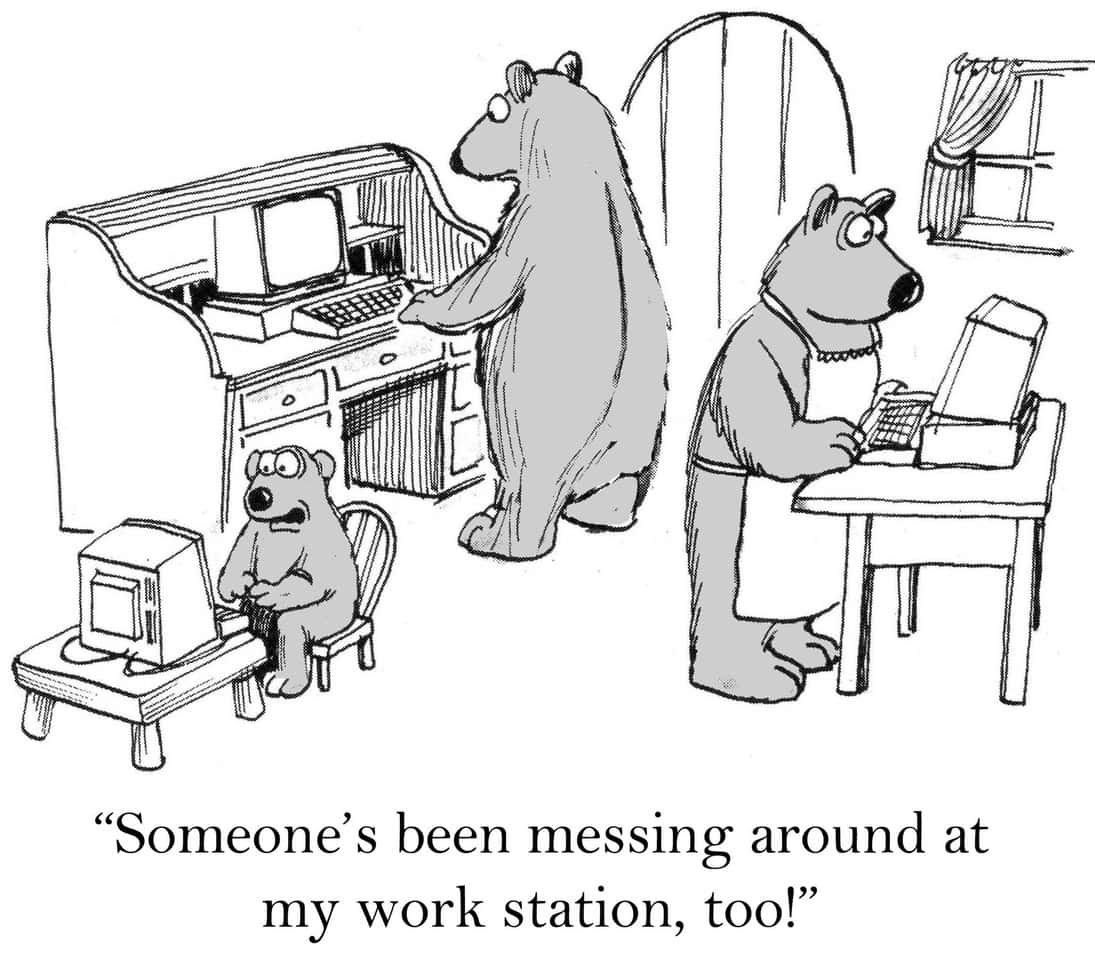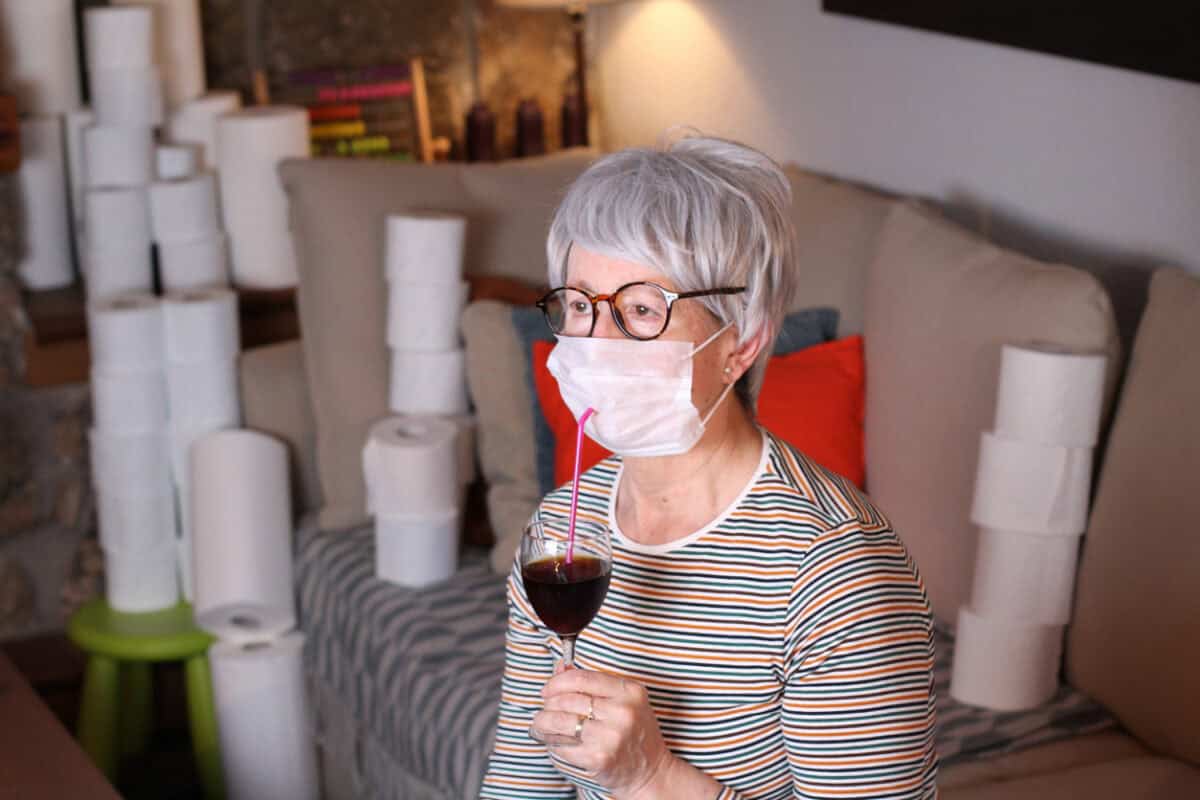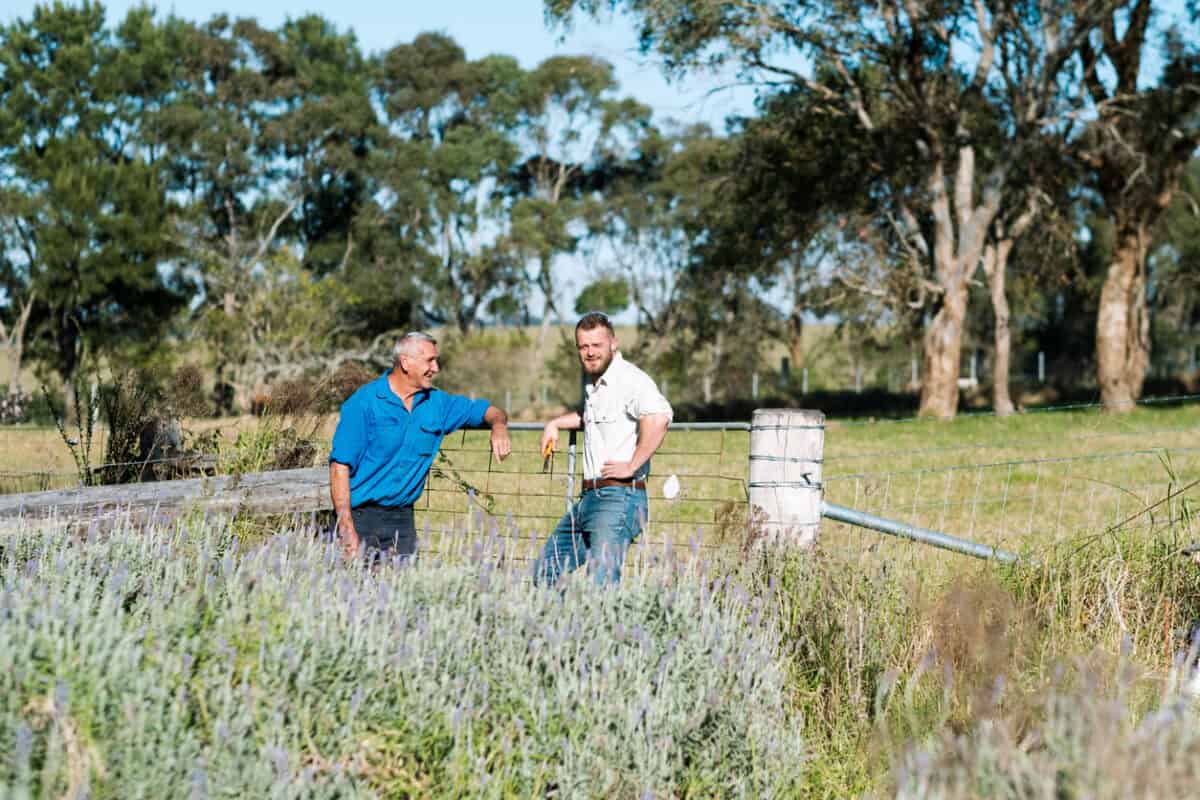“WFH is probably good for productivity” was a headline in the Australian Financial Review (AFR) of May 29 2025. The online version (paywalled) added “if it’s part-time”. The Productivity Commission‘s examination of the COVID-19 pandemic in its “before-and-after” report presents some new perspectives on occupational health and safety (OHS) aspects of working from home.
Category: Uncategorized
From Sidekick to Spotlight: WHS Show Steps Up, But a Few Big Players are missing
Over the last couple of decades, the Workplace Health and Safety Show has evolved from a trade show tacked onto occupational health and safety (OHS) conferences to an independent entity. But is it any good? I spent a few hours there last week to find out.
The Workplace Health and Safety Show is a two-day event that travels to major Australian capital cities each year. Its origin was as a trade show that accompanied OHS conferences, offering a clearly commercial counterpoint to the regulators and academic presentations at the conferences. The challenge in attracting conference delegates was that they had usually paid big money to attend the conference and needed to make a trade-off between their commitment to the conference and the opportunity to stroll the trade show. Other than lunchtime, the conferences rarely allocated enough time for the trade shows, which are an important part of demonstrating the practical application of many of the concepts presented at the conference.
Continue reading “From Sidekick to Spotlight: WHS Show Steps Up, But a Few Big Players are missing”There is no excuse for ignoring pandemic preparation
No one wants to experience another pandemic, yet our governments seem uninterested in preparing for the next inevitable one. Australia was relatively lucky in its death rates, but the COVID-19 pandemic and the government-imposed lockdowns have changed some citizens mentally and philosophically. Vaccines arrived comparatively quickly, an amazing story in itself, reducing the emphasis on quarantine as an essential (engineering) control.
In 2021, Geoff Manuagh and Nicola Twilley wrote about the history and future of quarantine in a book called “Until Proven Safe“. The book is a useful reminder of our responses to global pandemics and the overlap of occupational and public health.
Workplace harm and harmful behaviours
A typical excuse, or a sentence, people use after they’ve caused harm, injury or created an offence, is that “I didn’t mean to do any harm or think anybody would be harmed”. Potential harm may not have been considered, and the consequence of the act or a word was not anticipated. But it’s also possible that it’s a lie, and that they did intend harm, and they’re just looking for a way to excuse themselves from the responsibility and the consequence of that harm. And that’s a problem with including intent in a definition of work-related harm.
Poor footballer mental health may be a symptom of CTE, but it is the risk of CTE that should be prevented
The concussion risks of sportspeople continue to appear in the media and popular discussions after every suicide, death, or retirement of sportspeople who play contact sports. Recently, Alan Pearce, Professor, Adjunct Research Fellow, School of Health Science, Swinburne University of Technology, wrote an opinion piece for The Australian newspaper (paywalled) that touched on some occupational health and safety (OHS) themes that deserve expanding.
[This article discusses suicide]
Boeing’s failures illustrate fundamental flaws in modern business values
Andrew Hopkins’ new safety and management book has landed. It is perhaps his most powerful critique of modern safety-related corporate management as he identifies “big picture” socioeconomic and political factors that directly affect executive decisions. By examining the 737 MAX aeroplane crisis of over 340 customer deaths that Boeing could have prevented, Hopkins discusses the hazardous managerial ideologies that have been idolised and are likely to be present in most companies created in the last 40 years.
The book has aviation in the title, but this is far more than a book about aeroplanes.
Outcomes of an agriculture OHS roundtable
New South Wales recently ran its annual roundtable for the agriculture sector, focusing on workplace health and safety. A joint media release from the Ministers for Agriculture and Work Health and Safety, Tara Moriarty and Sophie Cotsis, respectively, acknowledged that:
“Agriculture remains one of Australia’s most dangerous industries, with consistently high rates of workplace fatalities and serious injuries. In 2024, SafeWork NSW responded to 12 workplace fatalities in the agricultural industry in NSW.”
But what was the outcome of the roundtable?







